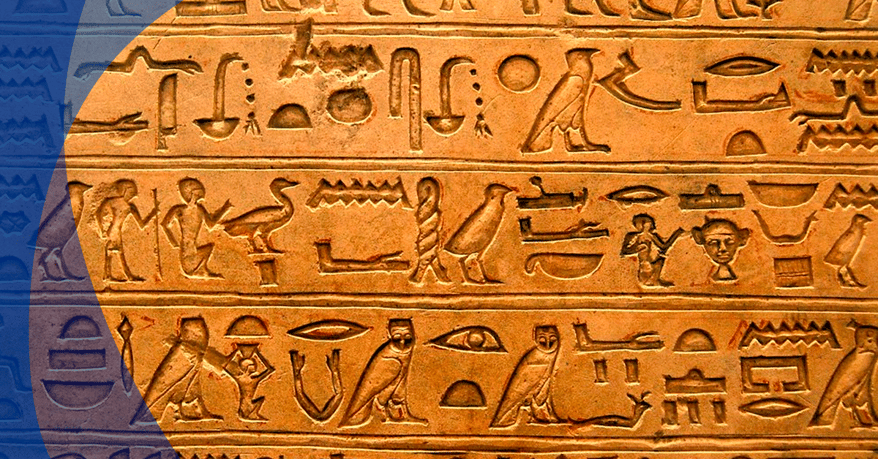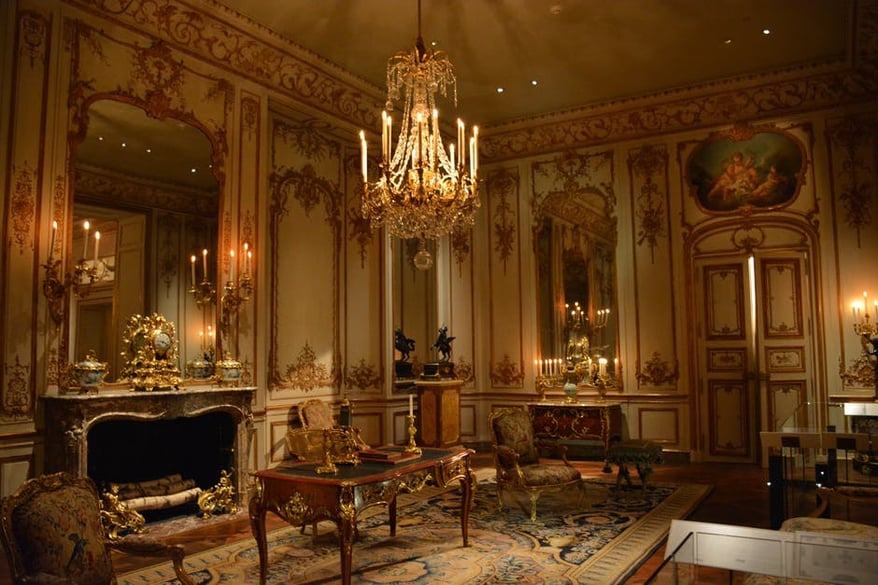By Jeff Waite on Jul 2, 2017 9:00:00 AM

Have you ever wondered where wigs come from? If you're an avid hair wearer you've probably seen lots of types of wigs over the years, both in your everyday life and in mediums of entertainment like movies, but who invented them and when where they invented?
Those are some questions today's entry aims to answer.
Wig's most ancient records trace them back to ancient Egypt. The Egyptians, both male and female used to shave their heads for a multitude of reasons: having a bald head of hair was more comfortable in the hot Egyptian weather, not having hair protected them from potential lice infestations, and it also served as an offering to their gods.
However, as time went on, they realized the advantages of having a full head of hair under the scorching Egyptian sun: yes it was cooler to have no hair when you were in the shade but step under the sun for a couple of minutes and your head would get extremely hot in no time. That's when they started creating wigs out of their own shaved hair or other readily available materials like wool or vegetable fibers.
Human hair wigs represented a higher social status, and the more adorned and ornamented the wig was, the wealthier the person wearing it was.

Another ancient civilization whose citizens wore wigs were the Romans, who made their wigs out of hair from their slaves. This was another of showing off the might and dominance of the Roman Empire during its peak. Wealthy Roman women often wore elaborate hairpieces to increase the volume of their own natural hair. Other ancient cultures known for using wigs include the Greeks, the Phoenicians, and the Assyrians.
There's little to no records of wigs being worn after the fall of the Roman Empire until the 16th Century.
The history of wigs in France stretches back to the reign of King Louis XIII who became prematurely bald. He began wearing elaborate and fancy wigs in order to hide his lack of hair. As it was to be expected, wigs became extremely famous as a fashion icon that was integral to the aristocratic world of power and display, which in turn made wigmakers very important and sought after at the time.
The word “wig” first appeared in the English language in the 16th century as a short version of "periwig". Periwigs became extremely famous after being introduced in the British courts, becoming a status symbol in no time. Being tradition, wigs are still used today's British courts.

Another memorable member of the royalty who was known for her affinity for elaborate wigs was Queen Elizabeth I of England. Wigs were so widespread and popular back then that virtually all the elite wore wigs or elaborate hairstyles during this period of time.
By the 18th century, hairstyles became more and more elaborate. Wigs with highly decorated curls were a recurrent theme. By the middle of the 18th century, white was the favored color for wigs, hence the creation of powdered white wigs. For wigs, big hair was definitely the in-thing, the latest fashion hit by that time, if you will. On the other hand, in Colonial America, a less elaborate wig called “the bob wig” was gaining tons of popularity.
By the end of the 18th century, with the exception of conservative men and women, the wig trend starting dying off ad more and more people started wearing their very own natural hair.

At the beginning of the 20th-century, wigs were mostly relegated to enhancing existing hairstyles rather than completely overwriting the wearer's own hair.
Yet wigs are still worn today by people from all countries, genders, and races. Some use them for a quick an easy change of look, someto cover a receding hairline, while some people wear them for entertainment purposes.
And there you have it, a brief but detailed look at the history of wigs. From sun blocking tool to power icon to style accessory, wigs and hairpiece have come a long way since their old hot days in ancient Egypt.
Got any other question for us? Feel free to give us a call at our toll-free number 1-800-756-8585. We’ll be more than happy to help you with any other burning questions or doubts you might have!







